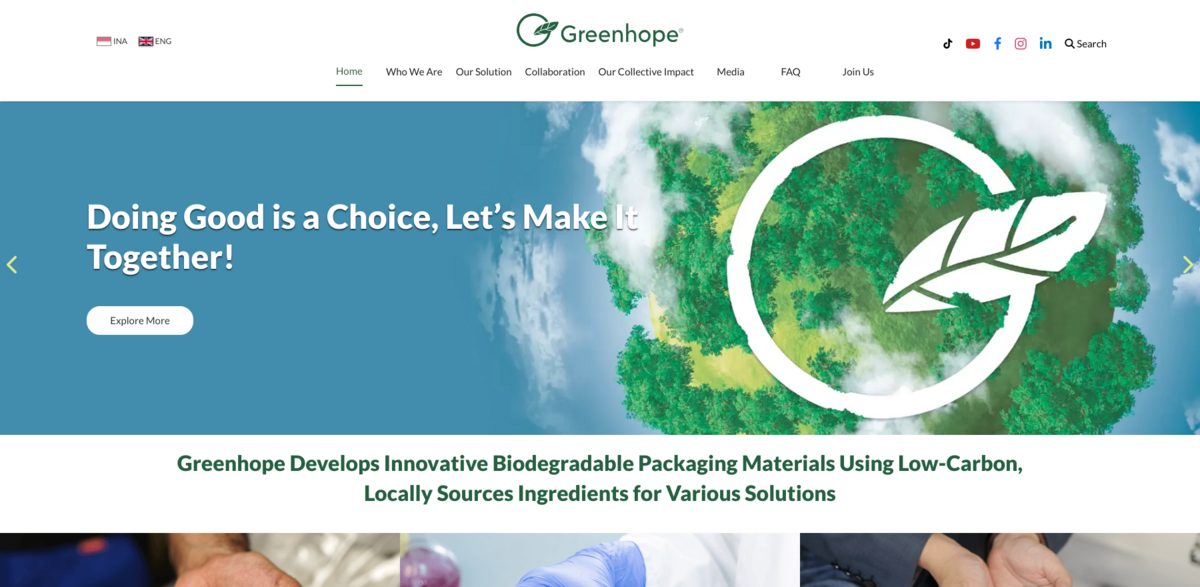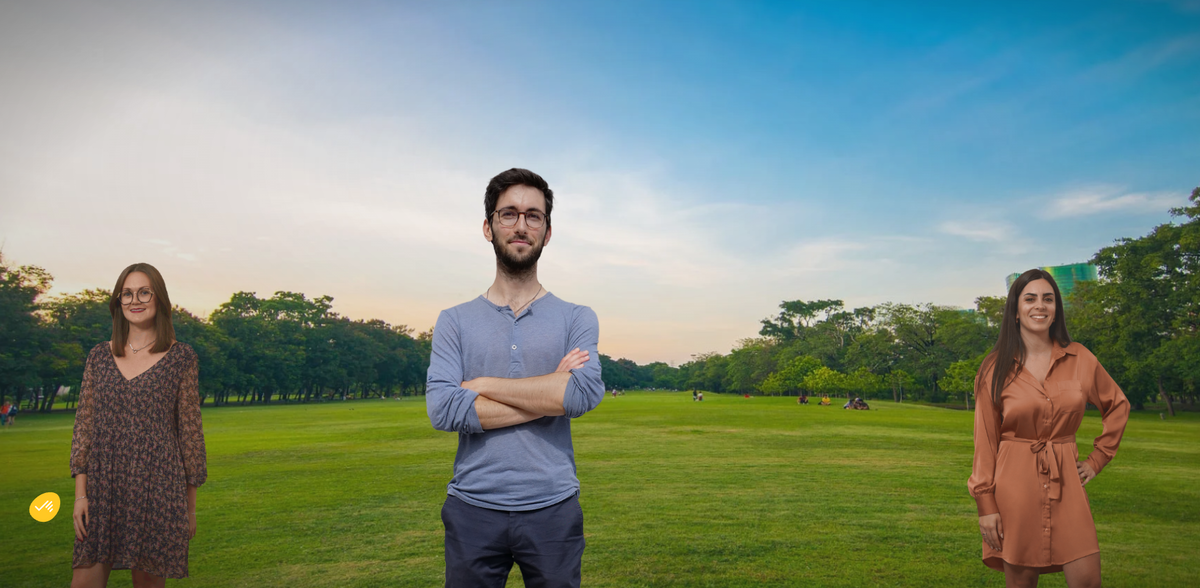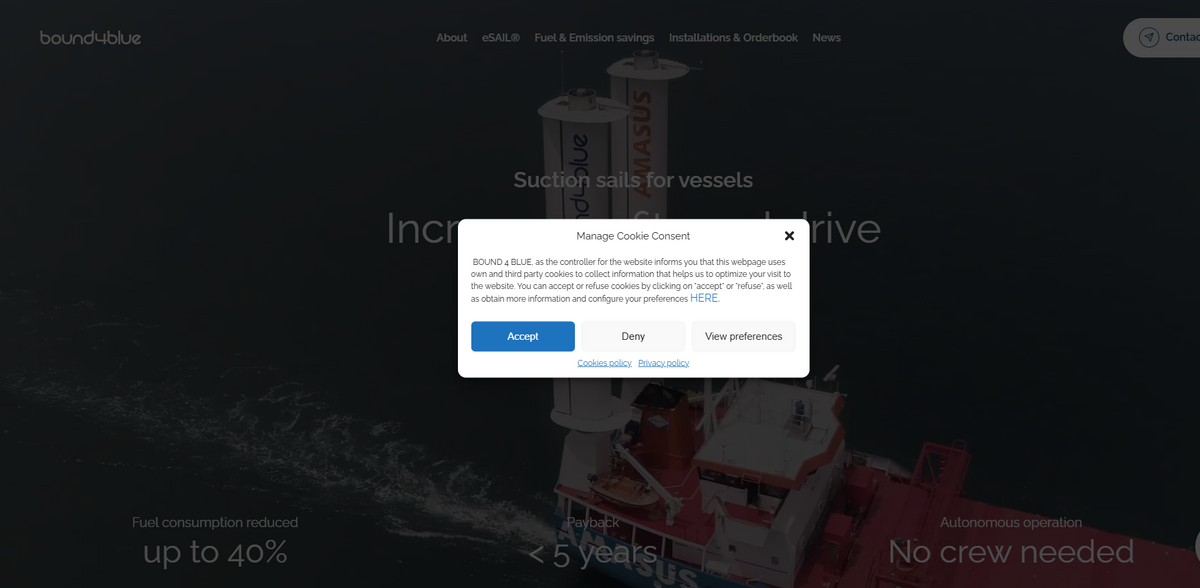What Is GreenHope’s Innovative Biodegradable Packaging Project?
DOING GOOD IS A CHOICE, LET’S MAKE IT TOGETHER! GreenHope BioPlastic is a biodegradable technology partner redesigning the future of plastics through two leading brands, Ecoplas (cassava-based biodegradable plastic) and Oxium (oxo-biodegradable plastic). The project is based on a living lab that offers real-life environment proof, where sustainable packaging becomes more than a buzzword – it becomes a tangible solution to polluting plastic waste. Explore more at the provided links to truly grasp how local ingenuity is turning low-carbon, locally sourced ingredients into innovative, environmentally friendly materials.
Main Benefit: Transforming Plastic Waste into Sustainable Solutions
The project not only reimagines plastic but does so in a way that benefits both nature and people. It proudly shares several key figures and facts:
- Successfully replaced conventional plastic bags with more than 40 biodegradable product applications.
- Since 2017, transformed tons of conventional plastic into biodegradable, bio-assimilated materials.
- Reduced carbon footprint and energy usage by turning conventional plastic waste into renewable resources.
- Improved livelihoods of local cassava farmers by paying above market rates, enhancing community welfare.
- Supported a circular and economically viable approach by utilizing biodegradable and bio-based materials for items that typical approaches neglect.
Understanding the Common Approaches: Reduce, Reuse, and Recycle
The conventional methods to tackle plastic waste are reduce, reuse, and recycle – though each approach has its own homework. For instance, using fewer items and more biodegradable materials such as paper appears beneficial; however, some products require plastic-like functionalities including waterproofing and a good oxygen barrier to prolong food life. Reusing, refilling, and repurposing can cut down on virgin plastic usage, yet strict hygiene standards and associated infrastructure challenges often hinder this option. Recycling, while useful, struggles with economic viability when faced with too small, contaminated, or multi-layer plastic items. All in all, these methods have their merits and limitations… pointing to the need for something more comprehensive.
Return to Earth: The Critical Missing Piece
The philosophy behind Return to Earth is simple yet revolutionary: offer biodegradable end-of-life materials and bio-based solutions that reduce reliance on fossil fuels. The approach helps safely speed up nature’s bio-assimilation process, reducing the accumulation of plastic in landfills and preventing environmental leakage. It directly addresses those items that cannot be reused or recycled economically, providing a neat solution for unsalvageable plastic waste. This method truly bridges the gap between traditional recycling efforts and the urgent need to confront plastic pollution and climate change.
The Environmental Dilemma and Real-Life Impact
Plastic is deeply embedded in modern lifestyles due to its affordability and convenience. Yet, the environmental toll is enormous: pollution of soil, waterways, and food supplies. The ubiquitous plastic fragments into microplastics that pose long-term risks before biodegrading, and only after centuries do these materials fully disappear. Each year, inordinate amounts of plastic leak into the oceans from poor waste management and lack of effective controls. While sustainable plastic use is necessary, increasing emissions from conventional methods only worsen climate change. It’s a serious dilemma requiring immediate and innovative solutions.
Project Impact on Sustainable Development Goals
- SDG 12: Responsible Consumption and Production – by reducing plastic usage and promoting biodegradable alternatives.
- SDG 13: Climate Action – by lowering carbon emissions through innovative local sourcing and manufacturing practices.
- SDG 14: Life Below Water – by preventing plastic waste from entering waterways and oceans.
- SDG 15: Life on Land – by ensuring nature can reclaim land polluted by plastics through bio-assimilation.
- SDG 17: Partnerships for the Goals – demonstrated by collaborations with prestigious institutions and organizations such as the World Economic Forum and the United Nations Global Compact.
Industry Recognition and Future Vision
The project’s long list of certifications and recognitions underlines its technical and economic viability. Awards and accolades from prestigious organizations such as Indonesia Impact Fund, Grab Ventures Velocity, Real Leaders Eco Innovation Awards, and SDG #12 recognitions underscore the robust impact achieved thus far. Other respected recognitions include Din Gepruft Home Compostable, ISO 9001, ISO 14001, and ISO 45001 certifications, alongside endorsements from the Australasian Bioplastic Association and the Indonesian Research Institute for Biotechnology and Bioindustry. With insights that often lead to less ego and more eco, the project embodies a holistic approach – one that collaborates across sectors, including local communities, innovative brands, and international bodies, ensuring that sustainability is more than a goal; it’s a collective journey.





















